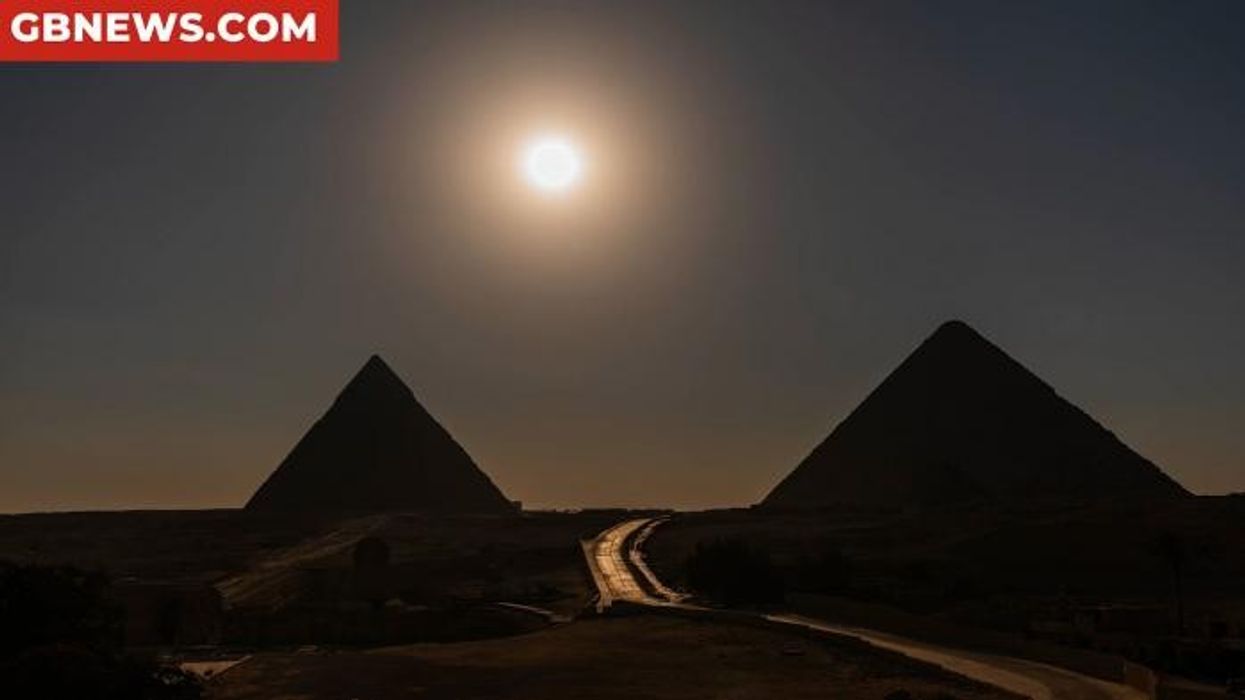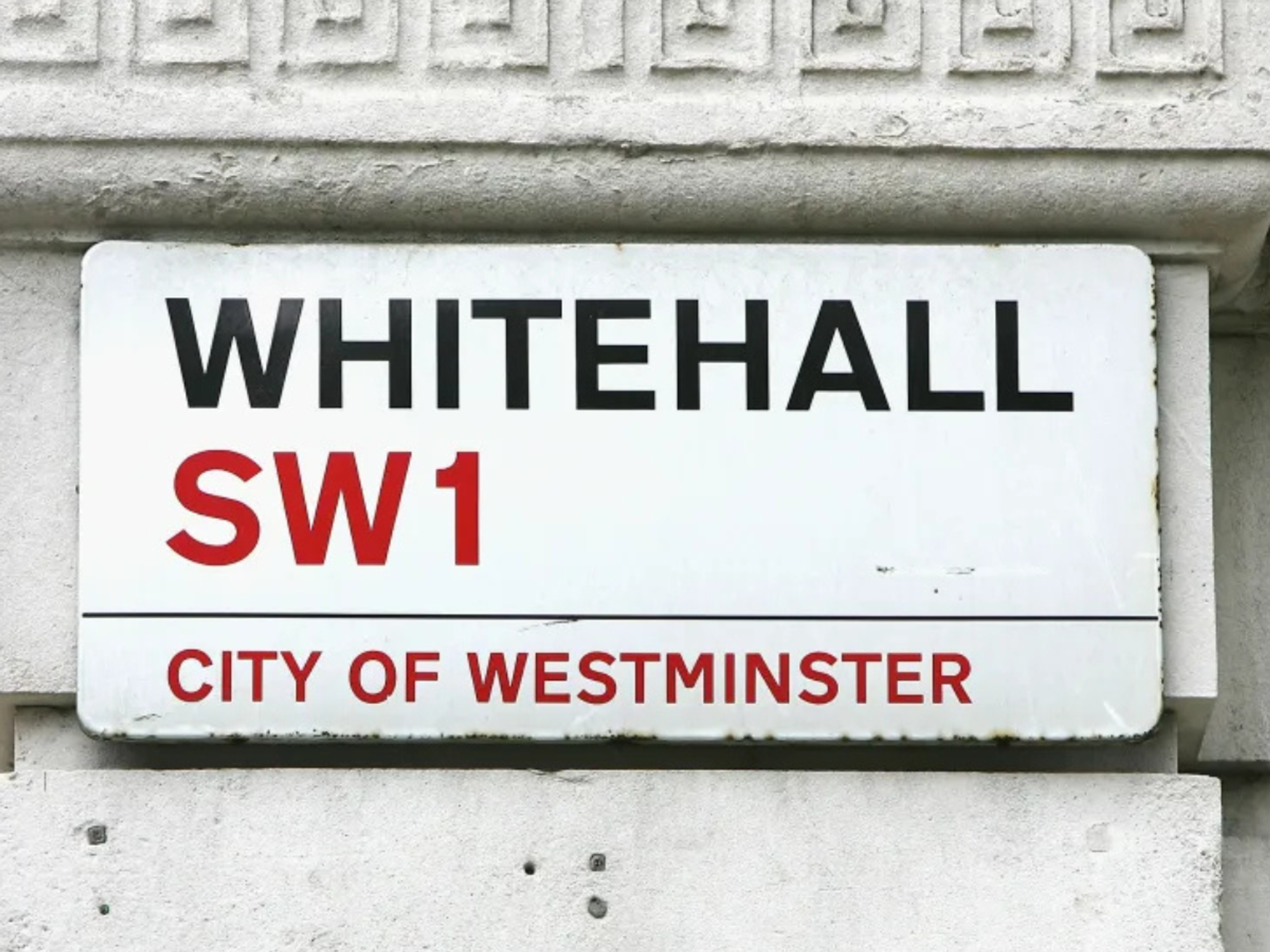Archaeologists say it's 'unlikely' incestuous kings buried at 5,200 years old tomb

The archaeological team found no evidence supporting the existence of hereditary power or shared ancestry at the site
Don't Miss
Most Read
Fresh research has cast doubt on long-held beliefs that Ireland's ancient Newgrange tomb was reserved exclusively for an incestuous royal dynasty.
The 5,200-year-old passage tomb in County Meath, older than Egypt's Great Pyramid of Giza, was previously thought to be the burial site of elite rulers who practised incest.
Associate professor of archaeology Neil Carlin from University College Dublin said suggestions of "an incestuous ruling elite in Stone Age Ireland did not match our understanding of society at this time, it did not fit the evidence very well".
The new findings challenge the notion that Newgrange was restricted to social elites, suggesting instead that those buried there may have been selected as community representatives rather than members of a hereditary dynasty.
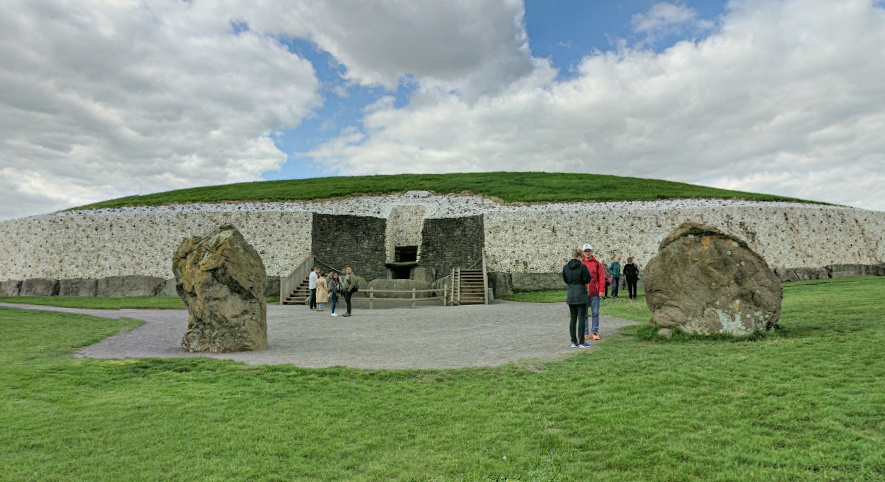
The 5,200-year-old passage tomb in County Meath was previously thought to be the burial site of elite rulers who practised incest
|The archaeological team found no evidence supporting the existence of hereditary power or shared ancestry at the site.
Associate professor Jessica Smyth, also from UCD, explained: "We now have some really great examples of monuments elsewhere in Europe that contain people with very close biological ties - parents, children, grandparents etc.
"This sort of aDNA (ancient DNA) evidence is much closer to the idea of a lineage or dynasty. We do not see this evidence in Irish passage tombs."
The research reveals that no other incestuous unions have been identified in Neolithic Ireland and Britain, with evidence also indicating a lack of inbreeding across prehistoric Europe.
LATEST DEVELOPMENTS:
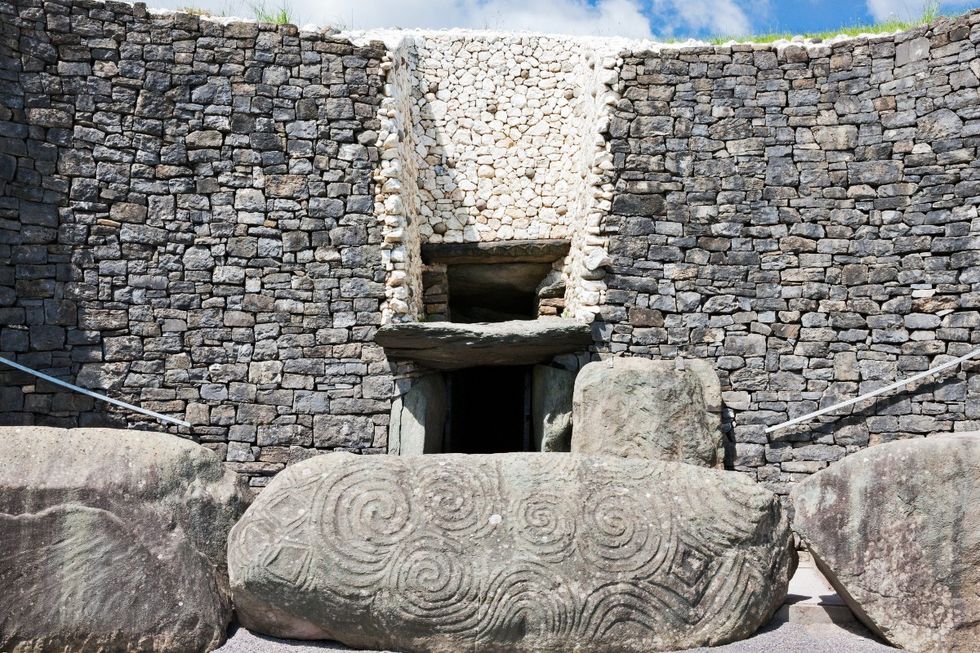 Newgrange in County Meath, Ireland, stands as one of Europe's most impressive prehistoric sites for winter solstice celebrations. |
Newgrange in County Meath, Ireland, stands as one of Europe's most impressive prehistoric sites for winter solstice celebrations. | GETTY
Professor Carlin told the BBC that chemical signatures show "some of the burials in some of these passage tombs are coming from beyond the locality".
Stone materials were transported from as far as 40 kilometres away, near Dundalk Bay.
The Neolithic monument was constructed by Stone Age farmers in the Boyne Valley and forms part of a UNESCO World Heritage Site.
The tomb consists of a large, kidney-shaped mound covering over one acre, retained by 97 large kerbstones decorated with megalithic art.
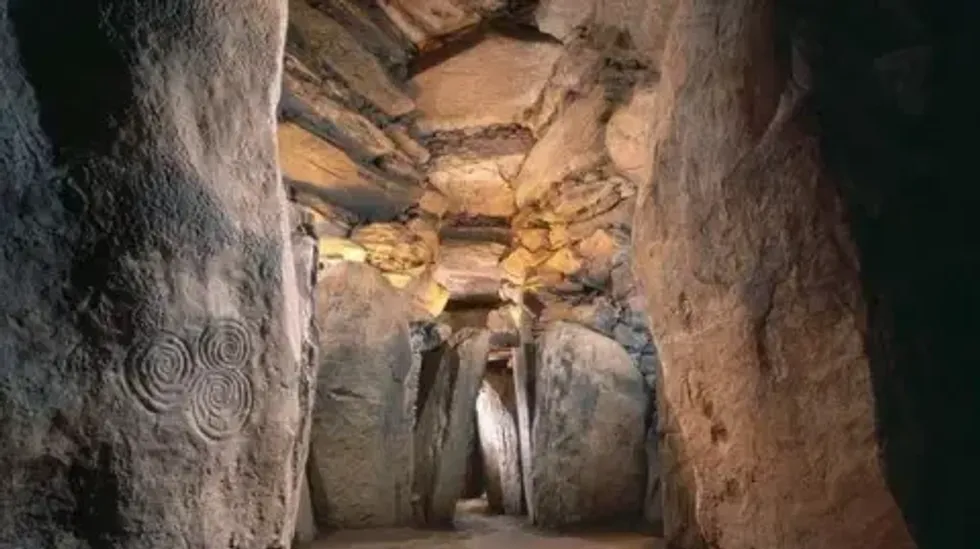
The tomb is a Neolithic monument constructed by Stone Age farmers more than 5000 years ago
|NATIONAL MONUMENTS SERVICE, GOVERNMENT OF IRELAND
A 19-metre passage leads to a cruciform chamber with a corbelled roof.
The site is renowned for its winter solstice phenomenon, where sunlight penetrates the passage and illuminates the inner chamber, demonstrating ancient astronomical knowledge.
Newgrange was rediscovered in 1699, but its interior suffered heavy disturbance before modern excavations in the 1960s.
Professor Carlin noted: "Burnt and unburnt fragments from just five people were recovered from the 1960s excavations of the tomb. Due to the high levels of disturbance in the centuries before that, we don't know if this number was originally much higher."


